Disclosure: This article contains affiliate links. We may earn a commission from purchases at no extra cost to you, which helps our travel content.
Shanghai hit me like a sensory tsunami the first time I landed—a hypnotic blend of futuristic skylines and hidden traditional lanes that had this fashion buyer totally mesmerized. But let's be real: cracking the transportation code in this 26-million-person metropolis feels like deciphering next season's trend forecasts before they drop. After five buying trips to this fashion manufacturing powerhouse, I've finally mastered Shanghai's transit system without blowing my per diem on taxis. Whether you're sourcing textiles in the markets or just soaking up the city's incredible style scene, getting around efficiently changes everything about your Shanghai experience. This spring, I spent a week zigzagging through the city on a surprisingly tight budget, and I'm breaking down exactly how you can do the same—from metro card hacks to the apps that saved me daily.
Metro Mastery: Your Golden Ticket to Shanghai
The Shanghai Metro isn't just transportation—it's a masterclass in urban efficiency that would make any supply chain manager weep with joy. With 19 lines and over 500 stations, this network is your runway to the city, connecting every major district with precision that rivals Fashion Week scheduling.
On my first day, I grabbed a public transportation card (交通卡 or jiaotong ka) from a station service counter for 20 RMB deposit. Pro move: load at least 100 RMB to start—each ride costs between 3-10 RMB depending on distance, making this the most cost-effective way to traverse the city. The system operates from 5:30 AM until around 11 PM, perfect for early morning market runs or late-night street food adventures.
What genuinely impressed me was the metro's impeccable cleanliness and organization—think minimal Japanese aesthetics rather than chaotic fast fashion stockroom. Each line has a distinct color, and stations announce stops in both Mandarin and English. Digital displays show transfer times between lines down to the minute—a level of precision I normally only see in luxury timepieces.
For longer journeys across the city, I found my compact daypack essential for carrying purchases, water, and my portable charger. The trains get packed during rush hour (7:30-9:30 AM and 5-7 PM), resembling sample sales on opening day, so plan accordingly or embrace the squeeze.
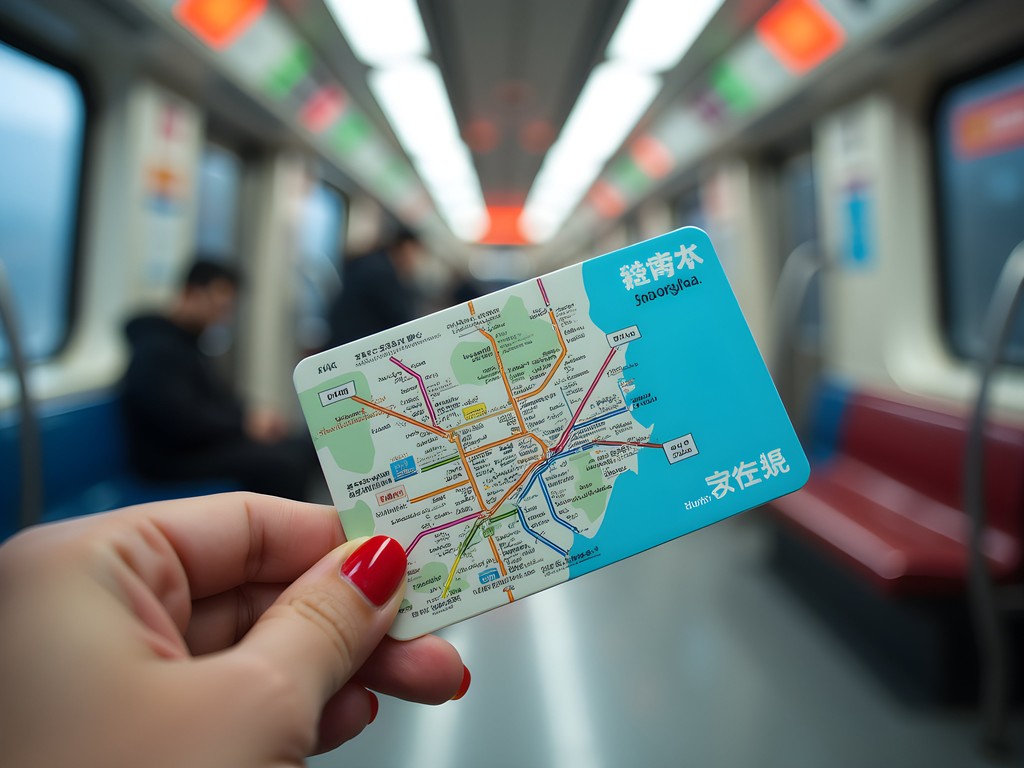
💡 Pro Tips
- Purchase a transportation card immediately upon arrival—it works for the metro, buses, and even taxis
- Download the Metro China app for real-time updates and route planning in English
- Avoid Line 1 during rush hours—it's the busiest line in the system
Essential Apps: Your Digital Transit Assistants
Let's talk tech essentials—because navigating Shanghai without the right apps is like showing up to a buying appointment without your seasonal budget breakdown. Before you even board your flight, download these non-negotiable apps that transformed my Shanghai experience from tourist-level awkward to industry-insider smooth.
First, Baidu Maps or AutoNavi/Gaode Maps (高德地图) became my go-to navigation tools since Google Maps is inaccessible without a VPN. AutoNavi offers superior English support and integrates seamlessly with the city's transportation network. It gives you real-time subway arrivals and even walking directions to the correct exit—crucial when stations can have 20+ exits spanning several city blocks.
For ride-hailing, DiDi (China's Uber equivalent) is indispensable. The international version offers English interface and accepts foreign credit cards. I found myself using DiDi's carpooling option (快车合乘) for budget-friendly airport transfers that cost about half of regular taxis.
The game-changer for me was Alipay's mini-program called Metro China. This app provided real-time updates about delays, platform changes, and even crowding levels at different stations—perfect for planning my route to fabric markets during off-peak hours.
Before your trip, invest in a reliable portable WiFi device to ensure consistent connectivity. Shanghai's public WiFi can be spotty, and you don't want to lose map access while transferring between metro lines deep underground.
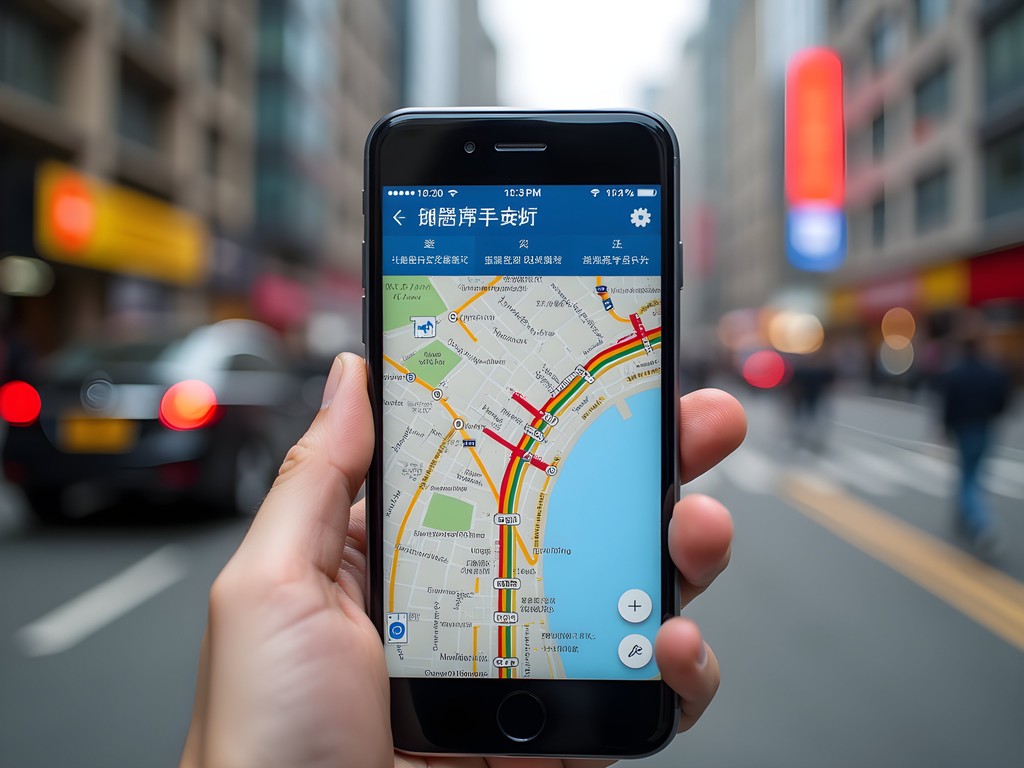
💡 Pro Tips
- Set up DiDi with your international credit card before arriving in China
- Download both Baidu Maps and AutoNavi—sometimes one works better than the other in different districts
- Screenshot metro directions before going underground where signal might be limited
Buses & Bikes: Beyond the Metro
While the metro forms the backbone of Shanghai's transportation system, the city's extensive bus network and bike-sharing programs offer flexibility for reaching places between stations or exploring at street level—where all the real style-spotting happens.
Shanghai's bus system initially intimidated me with its Chinese-only stop announcements, but I quickly found it navigable using the same transportation card as the metro. Buses are significantly cheaper (usually 2 RMB per ride) and often less crowded than the subway during peak hours. Bus routes 71 and 20 became my secret weapons for cutting across the Former French Concession's tree-lined streets where many independent designer boutiques hide.
The real revelation was Shanghai's bike-sharing ecosystem. The city is surprisingly flat and features dedicated bike lanes on major roads, making cycling both practical and pleasant during spring weather. I alternated between Meituan (yellow bikes) and HelloBike (blue bikes)—both requiring Chinese payment methods, which leads me to my next point.
To unlock these services, you'll need a Chinese friend to help set up an account or use tour company services that offer pre-registered access. I found my anti-theft crossbody bag perfect for biking around the city—it kept my phone, transportation card and wallet secure while leaving my hands free to navigate the bustling streets.
For rainy days or late nights, Shanghai's taxis provide a convenient alternative. Always have your destination written in Chinese characters (hotels provide destination cards for this reason), and ensure the driver uses the meter (打表 dǎ biǎo). A typical 15-minute taxi ride costs around 25-30 RMB—more expensive than public options but still reasonable by international standards.
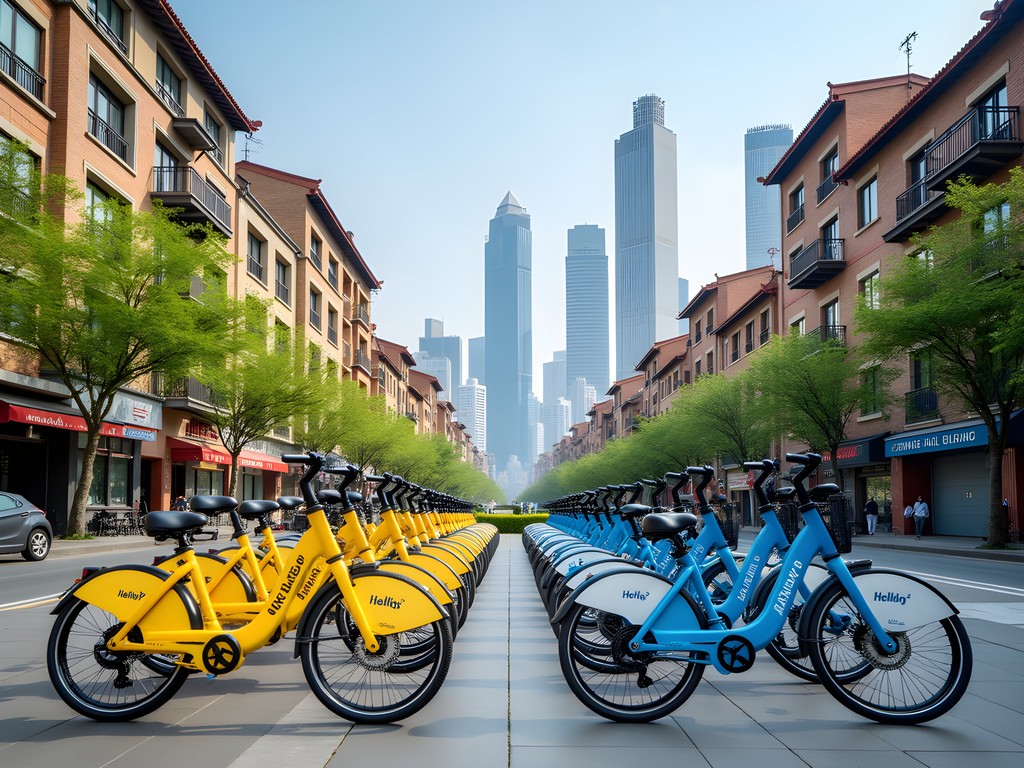
💡 Pro Tips
- Ask your hotel to write down common destinations in Chinese characters for taxi drivers
- For bike sharing, focus on Meituan (yellow) or HelloBike (blue) which have the most available bikes
- Bus routes 71 and 20 are perfect for exploring the Former French Concession area
Neighborhood Navigation: District-Specific Transport Tips
Shanghai isn't one city but many microuniverses stitched together—each district with its own transportation quirks and navigation secrets. Let me break down the key areas with insider tips that took me several visits to discover.
The Bund & People's Square (Puxi): The historic heart of Shanghai connects via Lines 1, 2, and 10. Pro tip: Instead of fighting crowds at East Nanjing Road Station, walk one stop to Yuyuan Garden Station for easier access to the Bund promenade. The ferry across the Huangpu River costs just 2 RMB and offers spectacular skyline views—my favorite budget photography hack.
Pudong Financial District: Home to those iconic skyscrapers you've seen in every Shanghai photo. Line 2 runs directly to Lujiazui Station, placing you at the feet of the Shanghai Tower. For the best city panoramas without paying observation deck fees, visit the 87th floor of the Park Hyatt's lobby bar at sunset—order one drink and enjoy the same views as the paid observatories.
Former French Concession: This is where Shanghai's emerging designer scene thrives, with boutiques scattered throughout tree-lined streets. The area spans several metro stops (Lines 1, 10, and 12), but exploring on foot or bike is more rewarding. I discovered my favorite local designer shop while getting 'lost' between Shaanxi South Road and Xintiandi stations.
Tianzifang & Xintiandi: These restored traditional areas house upscale shopping in historic settings. Both are walkable from metro stations but tucked away enough that having offline maps is essential. I relied heavily on my portable power bank when exploring these areas all day, as constant map-checking drains phone batteries quickly.
West Bund Art District: Shanghai's newest cultural hub requires some planning to reach. Take Line 11 to Yunjin Road, then walk 15 minutes or grab a quick DiDi. The area's sprawling art spaces and riverside views make it worth the extra transit effort.

💡 Pro Tips
- Use the ferry across Huangpu River for 2 RMB instead of the tourist cruise boats
- For the French Concession, exit at Shaanxi South Road station and explore outward on foot
- When visiting multiple sites in Pudong, use the elevated walkway system to avoid traffic below
Budget-Friendly Airport Transfers & Day Trips
Let's tackle the first and last transportation challenge of your Shanghai adventure: airport transfers. Pudong International Airport connects to the city via the Maglev train (magnetic levitation) reaching speeds of 430 km/h (267 mph)—a transportation innovation that feels like stepping into the future. While the Maglev is a technological marvel, it only runs to Longyang Road Station, requiring a metro transfer to reach downtown.
For the budget-conscious traveler, the direct Metro Line 2 from Pudong Airport to People's Square costs only 7 RMB but takes about 70 minutes. My time-saving compromise: take the Maglev (40 RMB one-way) to Longyang Road, then transfer to Line 2—cutting the journey to about 40 minutes total while experiencing Shanghai's futuristic side.
From Hongqiao Airport (Terminal 2), Metro Line 2 and Line 10 provide direct downtown access for just 5 RMB, making this the clear budget choice. For late arrivals when the metro stops running, DiDi's carpooling option costs around 120 RMB to central Shanghai—significantly cheaper than the 200+ RMB for regular taxis.
For day trips from Shanghai, high-speed trains from Hongqiao Railway Station connect to nearby water towns like Suzhou (25 minutes) and Hangzhou (45 minutes). Book tickets through the Trip.com app which offers English interface and accepts international payment methods. I found having the app pre-downloaded and set up before my trip saved me from missing out on popular routes that sell out quickly.
A money-saving hack I discovered: Shanghai's 24-Hour Pass (18 RMB) and 72-Hour Pass (45 RMB) offer unlimited metro and bus rides within their validity period. If you're planning multiple stops in one day, these passes quickly pay for themselves while eliminating the need to queue for tickets repeatedly.
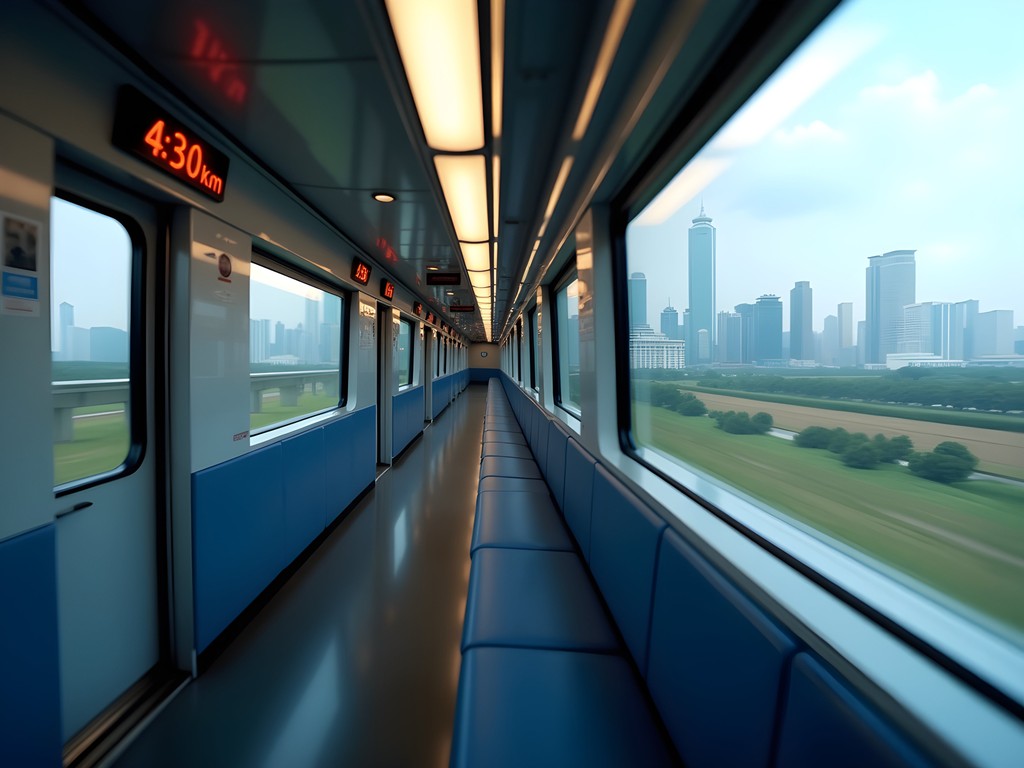
💡 Pro Tips
- For early/late flights, book DiDi the night before using the advance reservation feature
- Purchase high-speed train tickets to Suzhou or Hangzhou at least one day in advance
- The 72-Hour Metro Pass (45 RMB) pays for itself if you take more than 7 rides within three days
Final Thoughts
Mastering Shanghai's transportation system transformed my experience from overwhelmed tourist to confident explorer, allowing me to discover hidden textile markets and emerging designer boutiques that never make it into guidebooks. The city rewards those who dive into its transit network with efficiency, affordability, and unexpected moments of connection. Whether you're racing across town on the metro, pedaling through historic lanes on a shared bike, or watching the skyline unfold from a river ferry, Shanghai's transportation becomes part of the destination rather than just the journey between points. Pack your transportation card, download the essential apps, and prepare to navigate one of the world's most dynamic cities like you've been styling its streets for years. And remember—sometimes the most authentic discoveries happen when you miss your stop and find yourself wonderfully lost in Shanghai's urban tapestry.
✨ Key Takeaways
- Get a transportation card immediately upon arrival for seamless access to metro, buses and more
- Download essential Chinese apps like AutoNavi Maps and DiDi before arriving
- Explore beyond the metro with shared bikes and ferries for authentic local experiences
- Use neighborhood-specific transportation strategies to maximize time and minimize costs
📋 Practical Information
Best Time to Visit
Spring (April-May) or Fall (September-October)
Budget Estimate
150-250 RMB/day for transportation
Recommended Duration
5-7 days
Difficulty Level
Intermediate

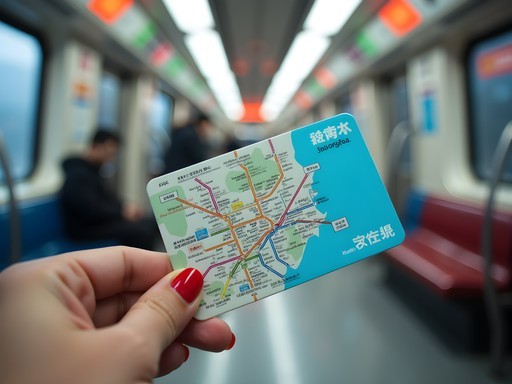
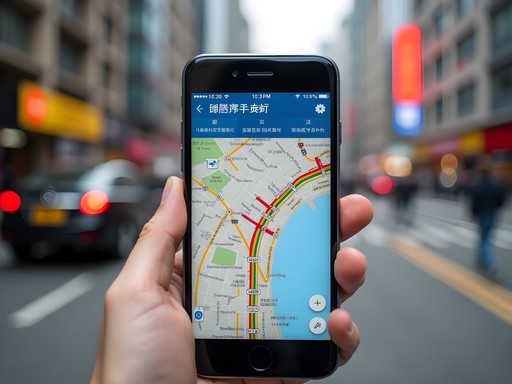
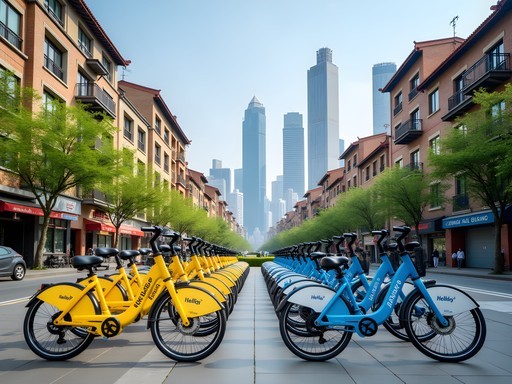
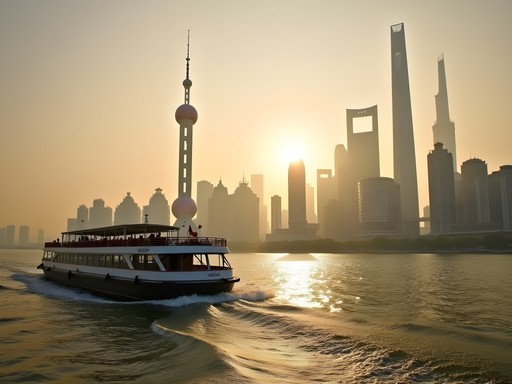
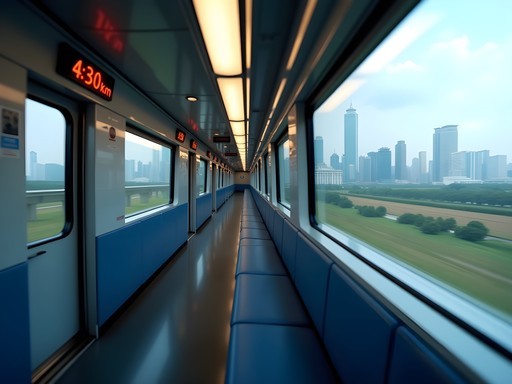


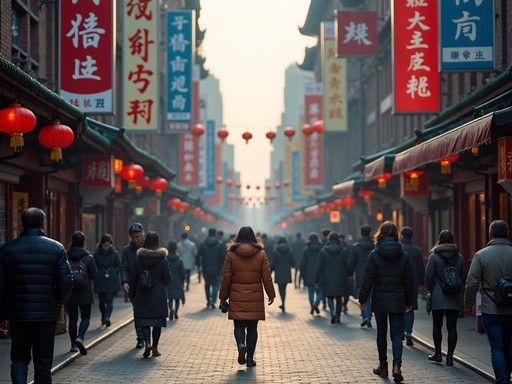



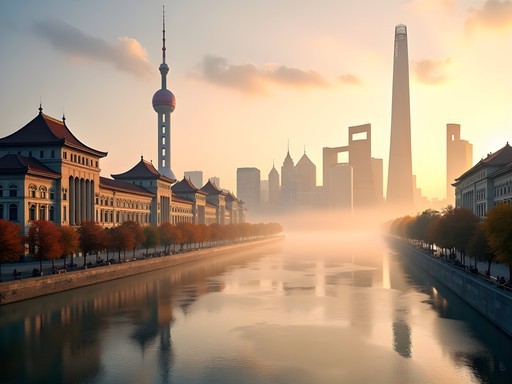
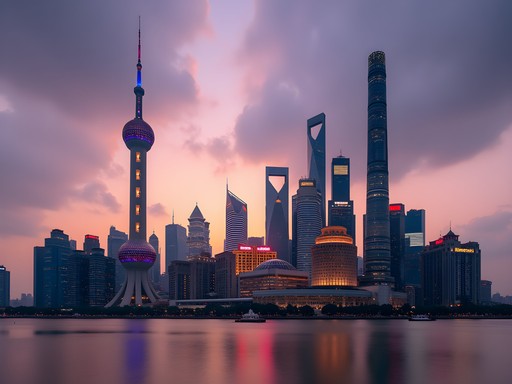
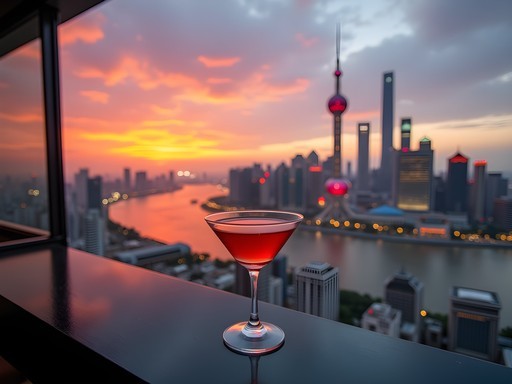

Comments
Claire Hawkins
Jose, this is spot-on! We visited Shanghai with our two kids (6 and 9) last year, and I was initially terrified about navigating such a massive city with little ones. But the metro system was surprisingly family-friendly! The stations have good signage in English, and most ticket machines can be switched to English too. My kids loved the maglev train experience - worth doing just for fun even if you're not staying near the airport. For families, I'd add that having offline maps downloaded was essential for those moments when WiFi failed us. The neighborhood-specific tips were especially helpful when we were exploring Yu Garden with tired little legs!
cooldiver
Just got back from Shanghai last week and this guide would've been gold! One thing to add about the metro - buy the Shanghai Public Transportation Card (SPTC) right away at the airport. It works on metros, buses, even ferries. Saved me tons of time not buying individual tickets. Also, the Didi app (Chinese Uber) was clutch when I was too tired for the metro. Most drivers don't speak English but the app handles everything. I stayed in the French Concession and found biking perfect for exploring those tree-lined streets.
wavenomad
Did you need a VPN to use Didi? I heard some apps don't work without one.
cooldiver
Yeah, definitely get a VPN before you go. I used ExpressVPN and it worked great for everything - Google Maps, WhatsApp, Instagram, etc. Didi has an English version that worked fine with the VPN.
springmate3049
LOVE THIS POST!!! 😍 Those metro maps were so confusing until I read this!
Sophia Gomez
This post brought back so many memories! I was in Shanghai last quarter for a fashion sourcing trip and the metro was my absolute lifeline. One tip I'd add: if you're doing business in the city, get yourself a Xiaomi portable translator. The language barrier can be tough in some areas, especially when negotiating with vendors outside the main tourist spots. I found myself hopping between meetings in Pudong and fabric markets in older districts - couldn't have managed without mastering the transportation system. The Metro Line 2 became my best friend!
redway
Great guide! How safe is the metro at night? I'll be traveling solo and might need to use it for evening activities.
cooldiver
Super safe! I've used it late night many times. Just keep normal city awareness like anywhere else.
Jose McDonald
Redway - I'd agree with cooldiver. Shanghai's metro is impressively safe at all hours. Stations are well-lit and there's usually a good number of people even later in the evening. Just normal precautions apply!
wavenomad
Thanks for this! Heading to Shanghai next month and was stressing about getting around.
islandrider
First time going to Shanghai next month! Is it worth learning a few basic Chinese phrases for getting around or can you manage with just English?
smartninja
Learn "Where is the bathroom?" and "How much?" at minimum! The metro is easy with English signs, but knowing a few phrases helped me tons with taxis.
Jose McDonald
Absolutely learn a few basics! "Xiè xiè" (thank you) and "Zhè ge" (this one) while pointing go a long way. The translation apps mentioned in the article are lifesavers too!
Sarah Powell
Jose, this guide is incredibly comprehensive! After visiting Shanghai quarterly for work over the past few years, I've found the neighborhood-specific tips especially valuable. The French Concession area deserves special mention - while the metro stops are convenient, walking those tree-lined streets reveals so many hidden gems that you'd miss underground. One tip I'd add: for travelers staying longer than a week, consider getting a VPN service before arriving. It makes accessing Google Maps and translation services much easier when you're trying to navigate some of the more complex interchanges or communicate with drivers. Shanghai's subway signage has improved dramatically with English translations, but having backup navigation tools is invaluable.
summerace3716
Has anyone tried the bike sharing in Shanghai? Is it tourist-friendly or more for locals?
Jose McDonald
The bike sharing is actually quite tourist-friendly now! Most apps like Hellobike accept international credit cards. Just download the app before you go and have Google Translate ready for any Chinese text.
escapeexplorer
The metro maps look intimidating at first but it's actually super easy to use!
Venture X
Premium card with 2X miles, $300 travel credit, Priority Pass